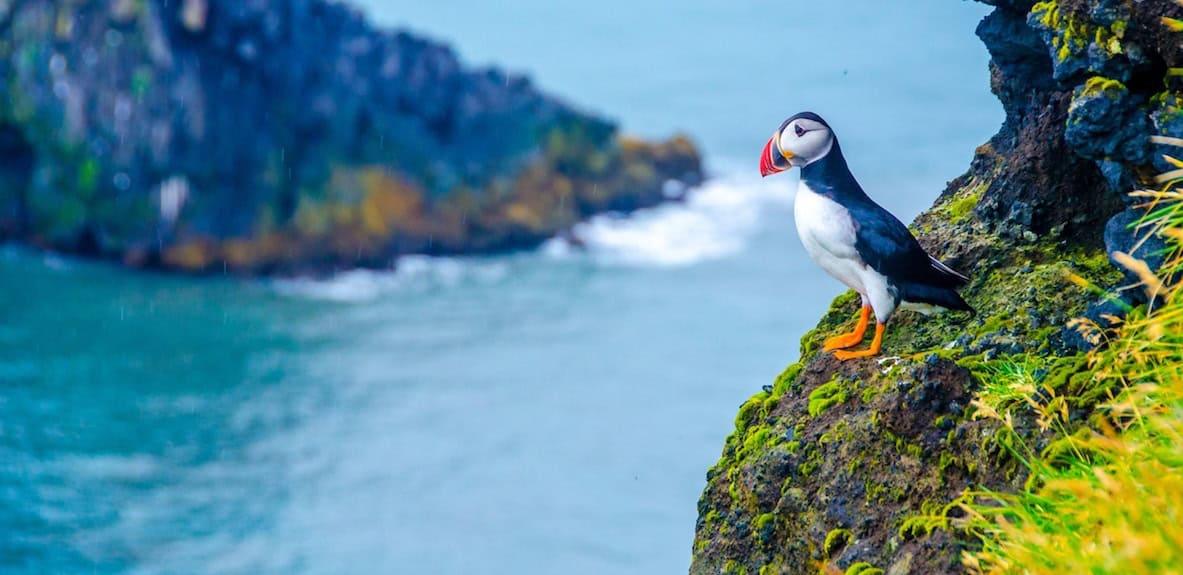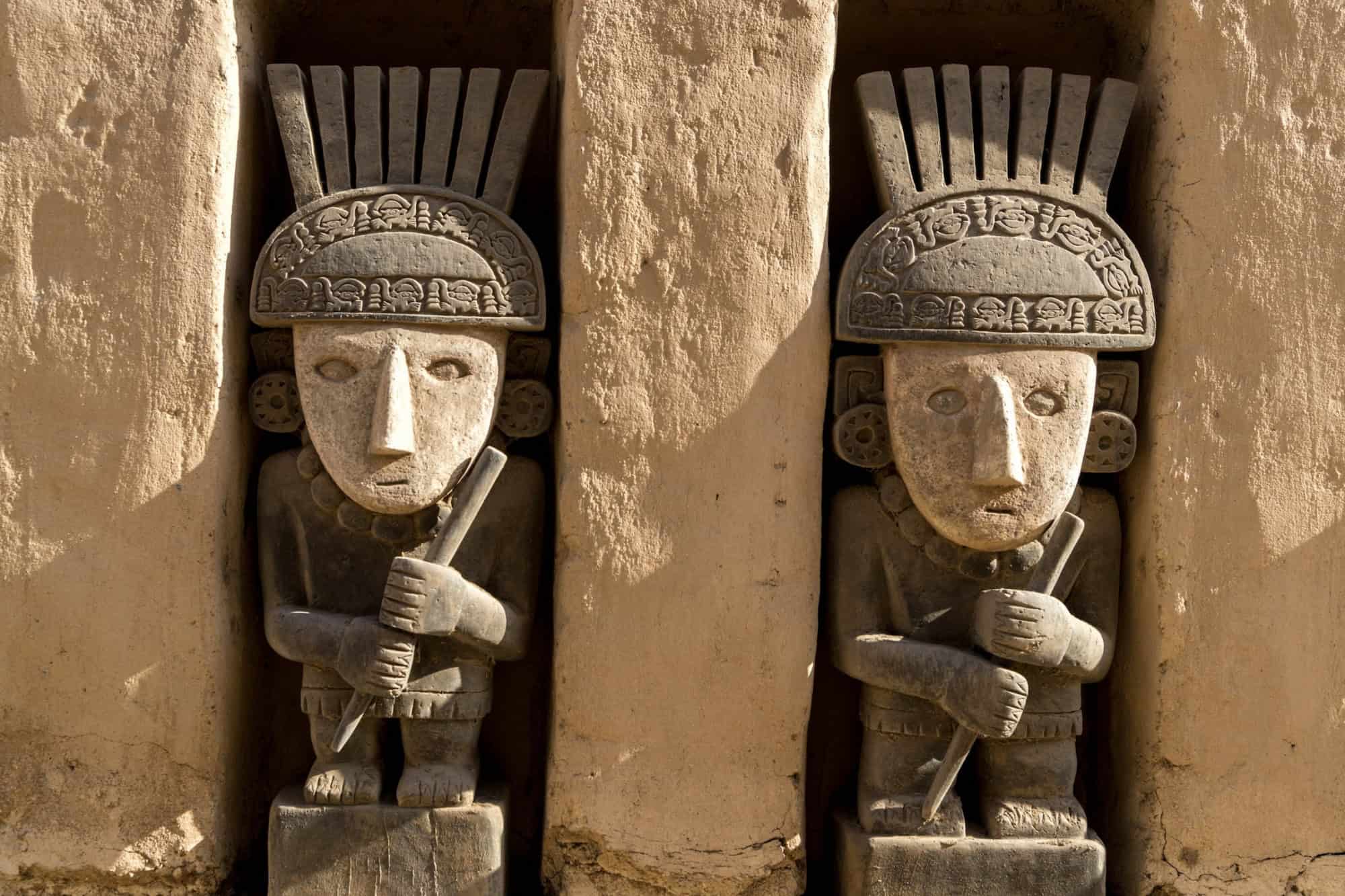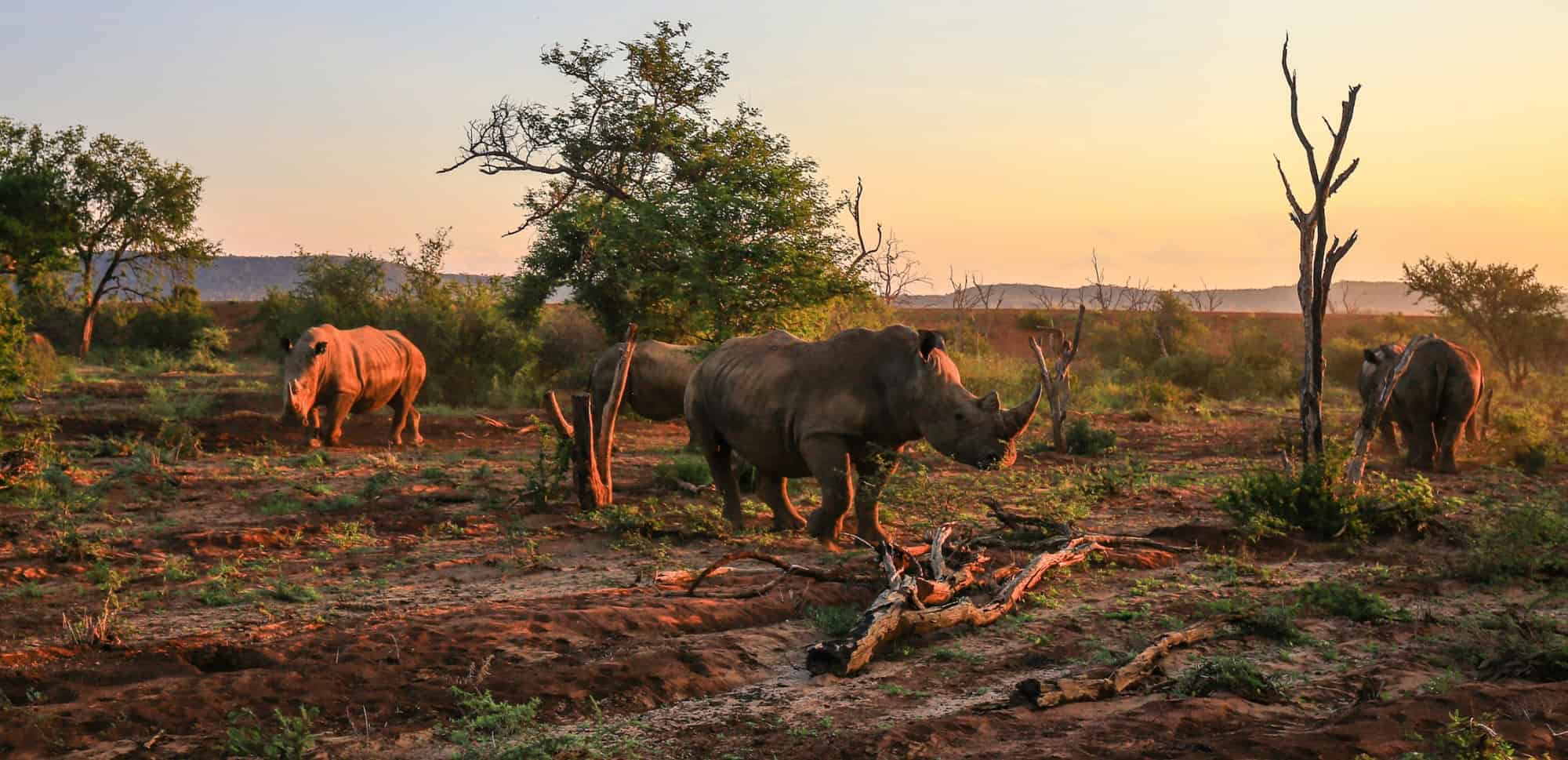Find out where to spot kaleidoscopic toucans, cantankerous capercaillie and comical puffins in the best birdwatching adventures worldwide, thanks to Wanderlust travel magazine

1 Clock a keel-billed toucan in Belize
It’s no surprise this spectacular species is Belize’s national bird. That huge, curving bill is daubed with most of the colours of the rainbow – a treat for any birdwatcher, spotted relatively frequently in the country’s lush lowland forests. In the early morning you might spot a group of perhaps a dozen toucans emerging from their roosts in tree cavities. Gathering in treetops, they forage the fruits of fig, trumpet tree, copal and wild cherry trees, though they’re also partial to occasional snacks of lizards, snakes, insects and other birds’ eggs. Toucans have been spotted ‘playing’ – chasing one another between branches, and even throwing fruit to one another. Despite the vivid colours of its bill, spotting this bird isn’t always easy in dense forest canopies; listen out for a rapidly repeated, frog-like ‘creeeeek-creeeek’ call woodland areas: Cockscomb Basin Wildlife Sanctuary is a good place to search.

2 Meet king penguins on the Falkland Islands
The king penguin certainly deserves its regal moniker: when this 13kg bird puffs out its chest and pulls itself up to its full height of nearly 1m, gold-yellow diadem and torc bright against black face and neck, the sheen on its smart black tuxedo gleaming, you can feel the haughty demeanour. But these are gregarious royals, and at Volunteer Point on East Falkland you’ll encounter perhaps 1,000 of them, paired up to raise their chicks. If you’re lucky enough to encounter a courtship display, you’ll hear a male parping out trumpet-like calls, then witness a sequence of nodding and bowing, strutting and bill-pointing – with more calling – before the bond is confirmed. The resulting single egg yields a brown, fluffy chick that joins a creche while its parents head out to sea to dive for fish and squid to feed their demanding offspring.

3 Watch a capercaillie display in Scotland
The UK boasts some surprisingly wild places and experiences – and few are as primeval and impressive as the sight (and sound) of displaying capercaillie in the native pinewoods of Scotland. The capercaillie is the largest grouse, with males growing to 5kg and with a 1.25m wingspan. To really appreciate the magnificence of this rare bird, watch a dominant male defending his territory and displaying at a lek – a communal area where males show off their wares in the hopes of attracting a mate. Sadly, today the UK population of capercaillie is in serious decline, largely due to habitat loss – possibly only 1,300 survive in Scotland’s Caledonian pinewoods. For a chance of watching this behaviour, visit RSPB Abernethy Forest reserve.

4 Spot a soaring condor in Peru
The world’s second-deepest canyon plunges twice the depth of the Grand Canyon – and, aptly, hosts another second-biggest: the Andean condor, its wingspan reaching 3m. Though populations of this awe-inspiring scavenger are scattered along the Andes range, for a near-guaranteed encounter climb to Mirador Cruz del Cóndor (Condor’s Cross Lookout) near Pinchollo in Peru, about 100km north of Arequipa as the raptor flies. Here, the canyon’s walls plummet over 1km down to the valley floor – a suitably dramatic backdrop for the sight of numerous huge birds soaring past on the thermals. A large group of Andean condors nests around here, so on a dry morning you’ve a good change of getting a close enough look to make out the fleshy neck wattles and lumpy caruncle above the hooked beak that identifies an adult male.

5 Smile at the antics of puffins in Iceland
It’s not just the puffin’s colourfully striped, oversized bill that’s comical: this seabird is positively catastrophic when taking off or landing, and its bill-knocking ritual when returning to its nesting burrow is hilarious. Iceland is a wonderful place to enjoy the antics of these charismatic seabirds. In spring, about one-third of the world’s puffin population returns to their nest sites on the Westman Islands off the south coast of Iceland. On Heimaey in particular, children spend August nights roaming the streets to save young stray puffins and return them to their nesting areas. But for real wild drama, head to the Westfjords in Iceland’s north-west, where soaring cliffs rise from the pounding Atlantic and the air above Vigur Island turns dark with dense clouds of the birds in summer. Most breathtaking are Látrabjarg seacliffs, rising over 440m from the surf and home to a cacophony of puffins, guillemots, gannets, fulmars, kittiwakes and many more.

6 Follow flitting hummingbirds on Trinidad and Tobago
With their speed, efficiency and incredible manoeuvrability, these zippy fliers are just a delight to watch – and surprisingly easy. In the wild hummingbirds flit between flowers, using their figure-eight wingflaps to hold them motionless at the mouths of flowers while their long tongues lap up the nectar within. But they also flock to feeders where sugar water provides a substitute food. The white-necked jacobin is one of the largest and most beautiful of Trinidad and Tobago‘s 17 hummingbird species, its iridescent blue-and-green plumage accentuated by its snowy white breast. For a guaranteed sighting of the white-necked Jacobin plus a vast array of other bird species, visit the Asa Wright Nature Center on Trinidad.

7 Search Borneo’s rainforest for rhinoceros hornbill
Seek out a wild fig tree in Borneo for a good chance of spotting the rhinoceros hornbill, a large, mostly black bird up to 1m or more long with one outstanding feature: an enormous, red-fading-to-orange-yellow lump on top of its bill. This casque – which in some individuals grows so large it’s almost a mirror image of the upper mandible – is one of the largest of all hornbills’, giving the bird its name. Strangely, we don’t yet know what casques are for; theories include that it provides balance or strength for the bill, is used in courtship or territorial displays, or as a resonating chamber for amplifying the bird’s call.
A version of this article first appeared in Wanderlust Magazine, September Issue. To read more from the World’s Best Birdwatching Experiences and for inspiration and advice on adventurous travel and wildlife encounters visit the Wanderlustwebsite.
You can also pick up a copy of Wanderlust at WHSmith or subscribe at the Wanderlust Shop.










